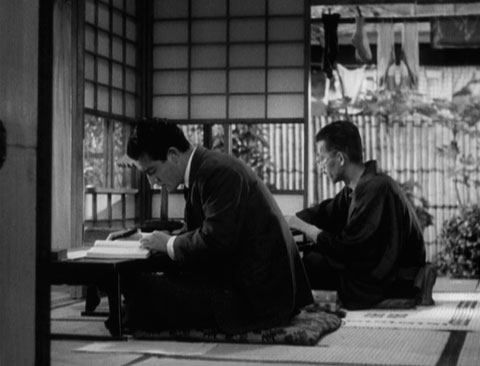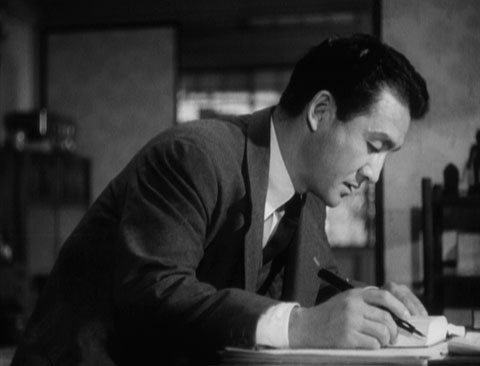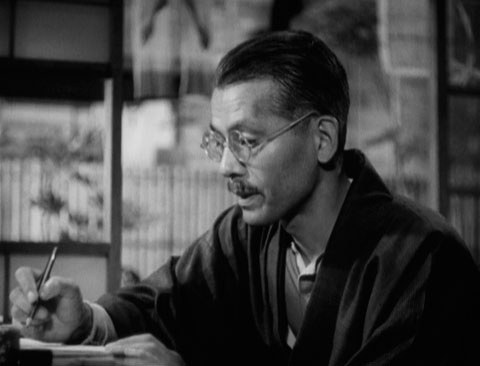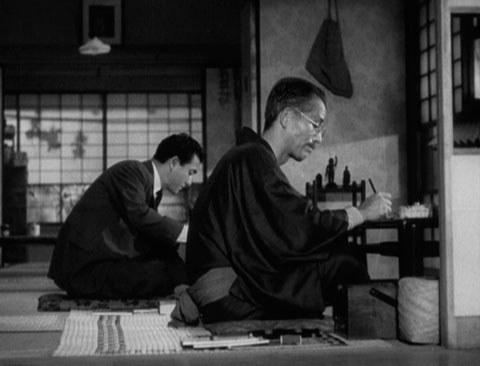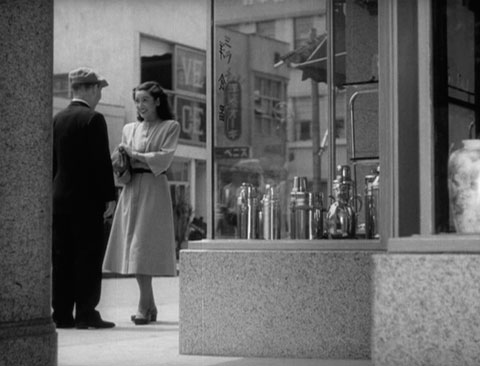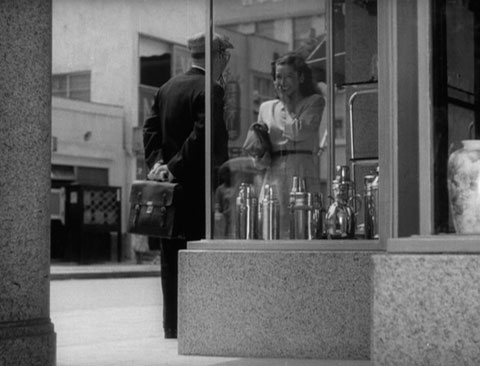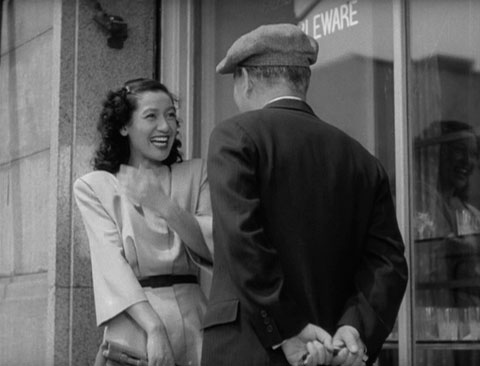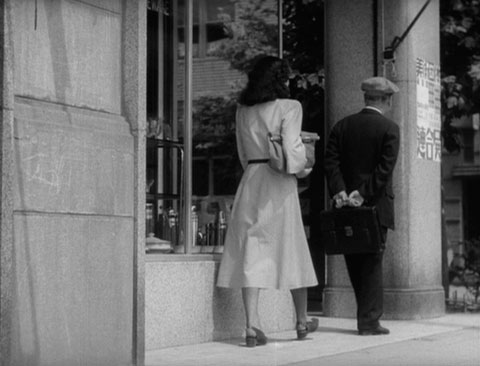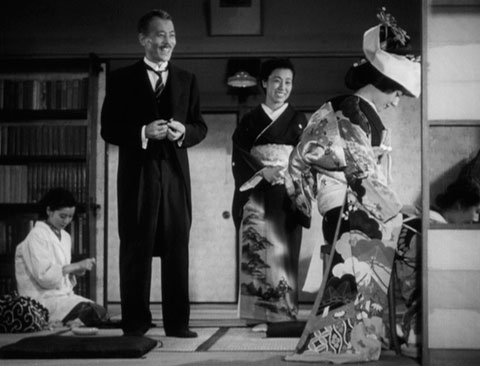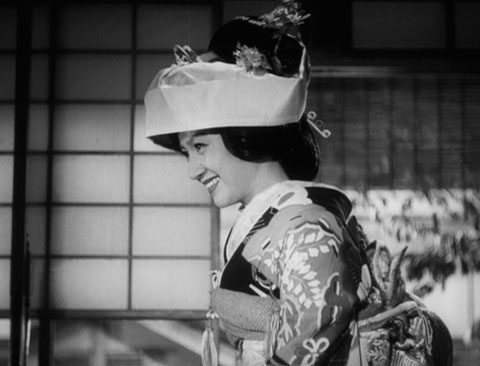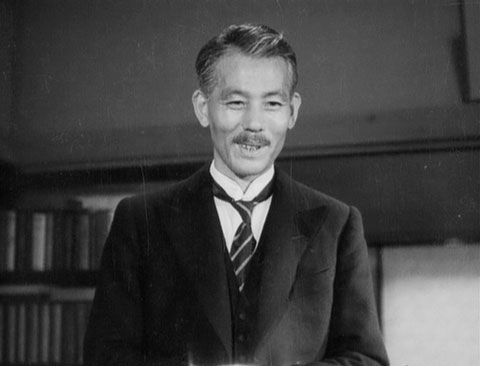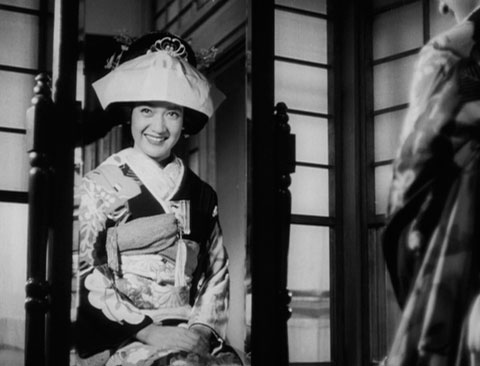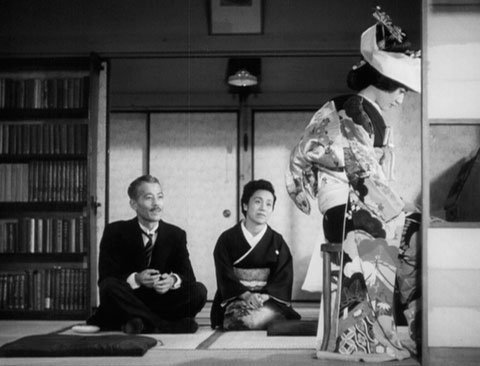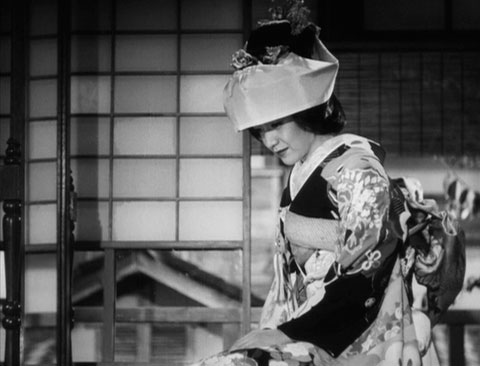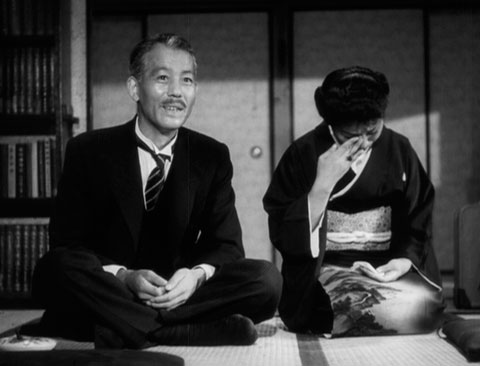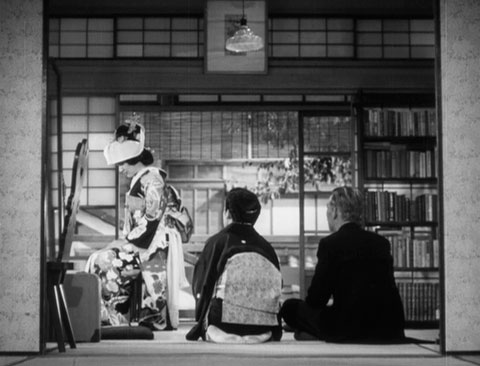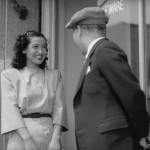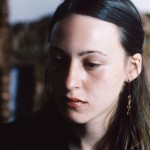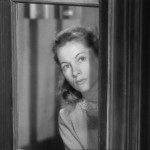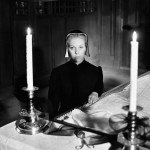I’m adjusting to a new schedule. Getting up early, driving to campus, setting up my laptop in the library, and forcing myself to sit there — to write — until late-afternoon. In other words, I’m finally turning my dissertation into a full-time job. By the end of the day, I have little energy left to write about films or anything else, really, so instead I’ve been relaxing each night with a DVD. Because GreenCine doesn’t carry the later seasons of The West Wing, I’ve re-upped with NetFlix as well, meaning that, until I cancel one of the subscriptions, I’ll have a steady stream of titles to choose from. Good times. Some recent viewings:
Notre Musique (2004, dir. Jean-Luc Godard) — I won’t even attempt a reading of this film after only one viewing, and I’d be suspicious of any reviewer/critic who does so. Is it anti-American? Anti-Semitic? Anti-Intellectual? Maybe. I have no idea at this point. I’ve already mailed the disc back, but I think I’d like to buy copies of Notre Musique and In Praise of Love (which I loved, also after only one viewing) and give both films the time and attention they deserve.
I can say without hesitation, though, that the opening ten minutes of Notre Musique, the “Hell” section, are absolutely compelling. A collage of violent images, some real (documentary), some imagined (fiction), “Hell” is disgusting and fascinating. Godard digitizes, distorts, and makes abstract a timeline of human sadism and suffering, and I’m beginning to suspect that the remainder of the film is an argument about the moral and political consequences of that very act.
The Best Years of Our Lives (1946, dir. William Wyler) — The night before my grandmother’s funeral, my grandfather told me about a letter he wrote to her when he was in Europe. Actually, he dictated the letter to a nurse. And in it he told her that he would be returning “half the man” he was when he left. He’d been wounded badly by a German mortar somewhere in western Europe, and he was ashamed of the toll it took on his face. I wish now I’d had the chance to watch this film with them.
If I hadn’t seen Best Years, I wouldn’t believe a film like it could exist. The story of three men returning from war to the same home town, it unsettles every expectation I had about Hollywood World War II films. The heroic Army Air Force captain is haunted by nightmares and unable to find his place in a booming postwar economy that places little value on the skills he learned as a bombardier. The gruff and hard-drinking ol’ Sarge’, a staple of service films, is a banker who discovers that words like “collateral” and “investment” are absurd when used back home. And Homer, who lost both hands to a fire, returns to a society better-equipped to accept a heroic death than a disfiguring wound.
And along with that setup, you also get brilliant performances from Myrna Loy, Fredric March, Dana Andrews, Harold Russell, Hoagy Carmichael, and Teresa Wright (with whom I’ve fallen in love again); you get the patient, impeccably-human direction of William Wyler; and you get a stream of jaw-dropping images from Gregg Toland that rival his more famous work in Citizen Kane. Best Years might be my single favorite film of the classical Hollywood cinema. An absolute masterpiece.
Sunrise (1927, dir. F. W. Murnau) — I first watched Sunrise several years ago on a 9″ viewing carrel* at the university library. Having now seen it projected at 100″ — thanks to the kind generosity of a friend — I finally get what all of the fuss is about. I’d seen Janet Gaynor a week or two earlier in Frank Borzage’s Street Angel, which was made the same year, and I’d become fascinated by her face. It’s the perfect silent film face — all round eyes and round cheeks, like Betty Boop. Her character is almost too perfect, too forgiving in Sunrise, and I wonder if the film would hold together if not for that face.
The star of the film, though, is Murnau’s camera. Nearly every image is a knockout, but it’s the double-, triple-, quadruple-exposures that take your breath away. I’m not sure which film is the greater miracle, Dziga Vertov’s The Man with a Movie Camera, which was brash enough to toss away the old book of film grammar, or Sunrise, which displays many of the same feats of daring but in the service of a more traditional narrative.
Howard Zinn: You Can’t Be Neutral on a Moving Train (2004, dir. Deb Ellis and Denis Mueller) — I think I’ve watched too many great essay films over the past year. Too much Resnais, Marker, Varda, Jost. They’ve changed my expectations for non-fiction films. Unfairly, perhaps. I tuned in to Moving Train on IFC a few nights ago because I was curious about Zinn, and the film gave me all of the information I was looking for — a biographical sketch, interviews with him and those who have known him, archival footage of key moments from his career, and historical context. Moving Train is interesting because Zinn is interesting. I wish the film were more than just a Biography channel profile, though. I wish it had a voice of its own, a voice offering insight into why Zinn matters, if Zinn matters.
* Note: Apparently, this is the first time I’ve ever typed the word “carrel.” Did you know that both “carrel” and “carrell” are acceptable spellings? English, really, is a ridiculous language.
